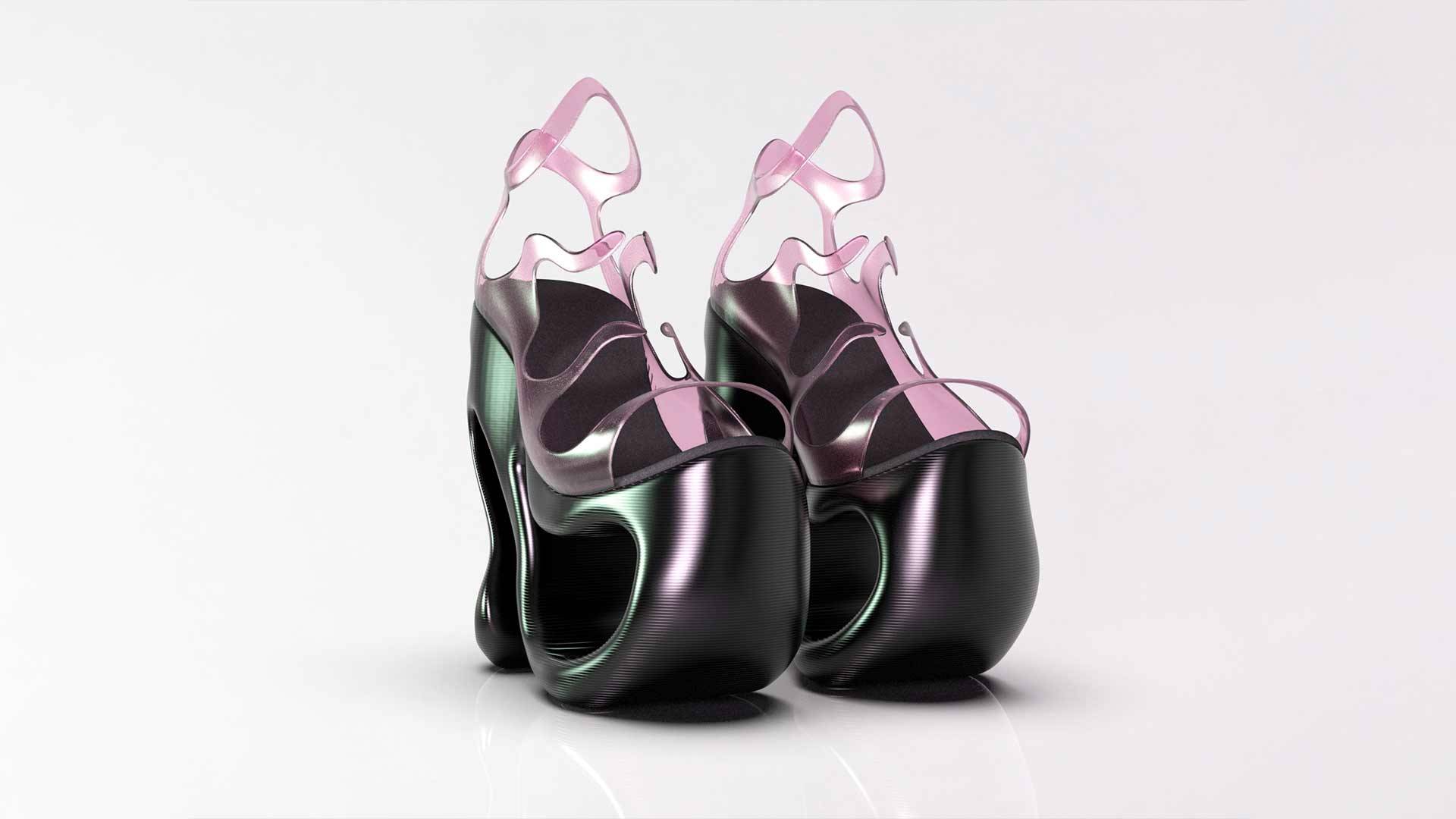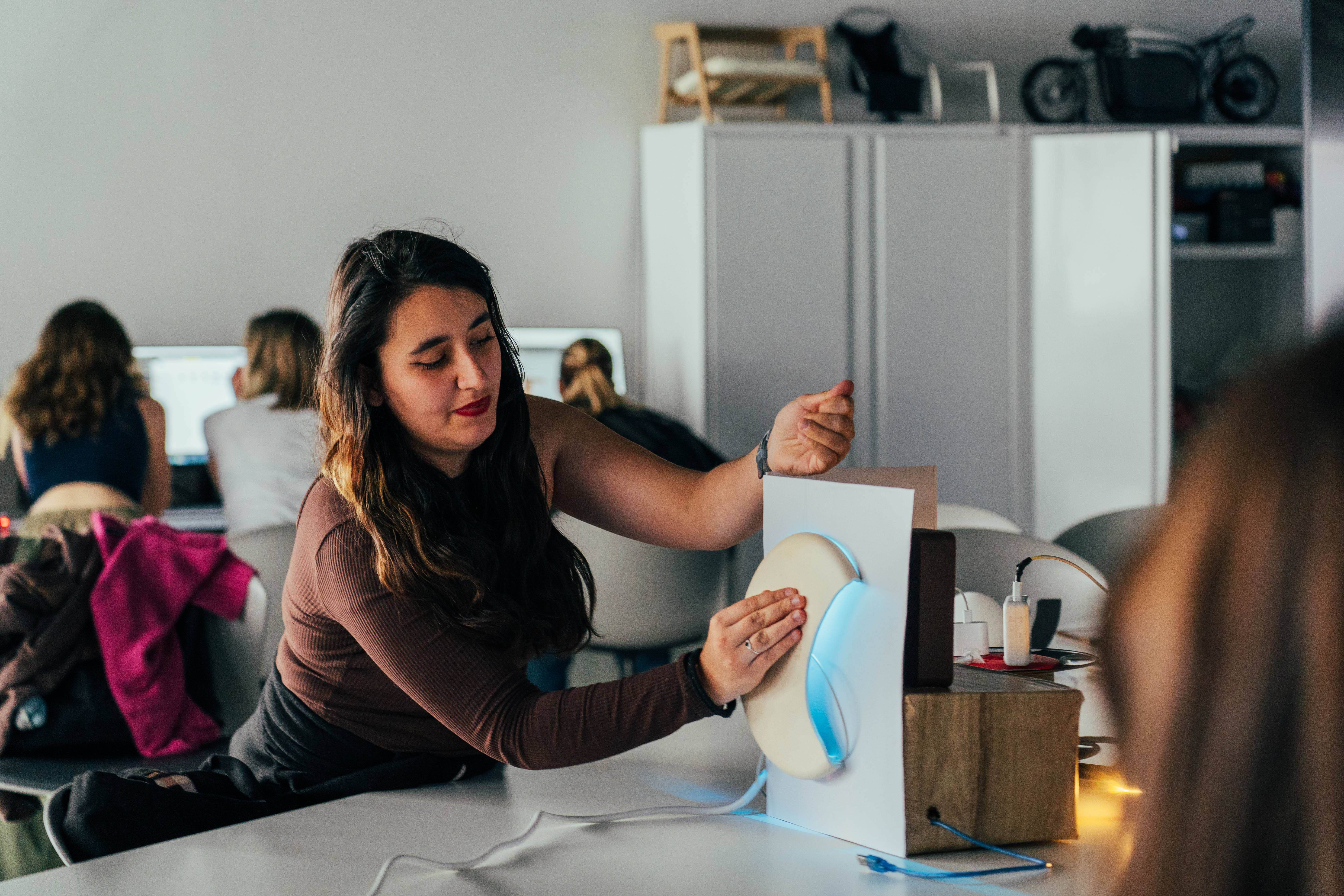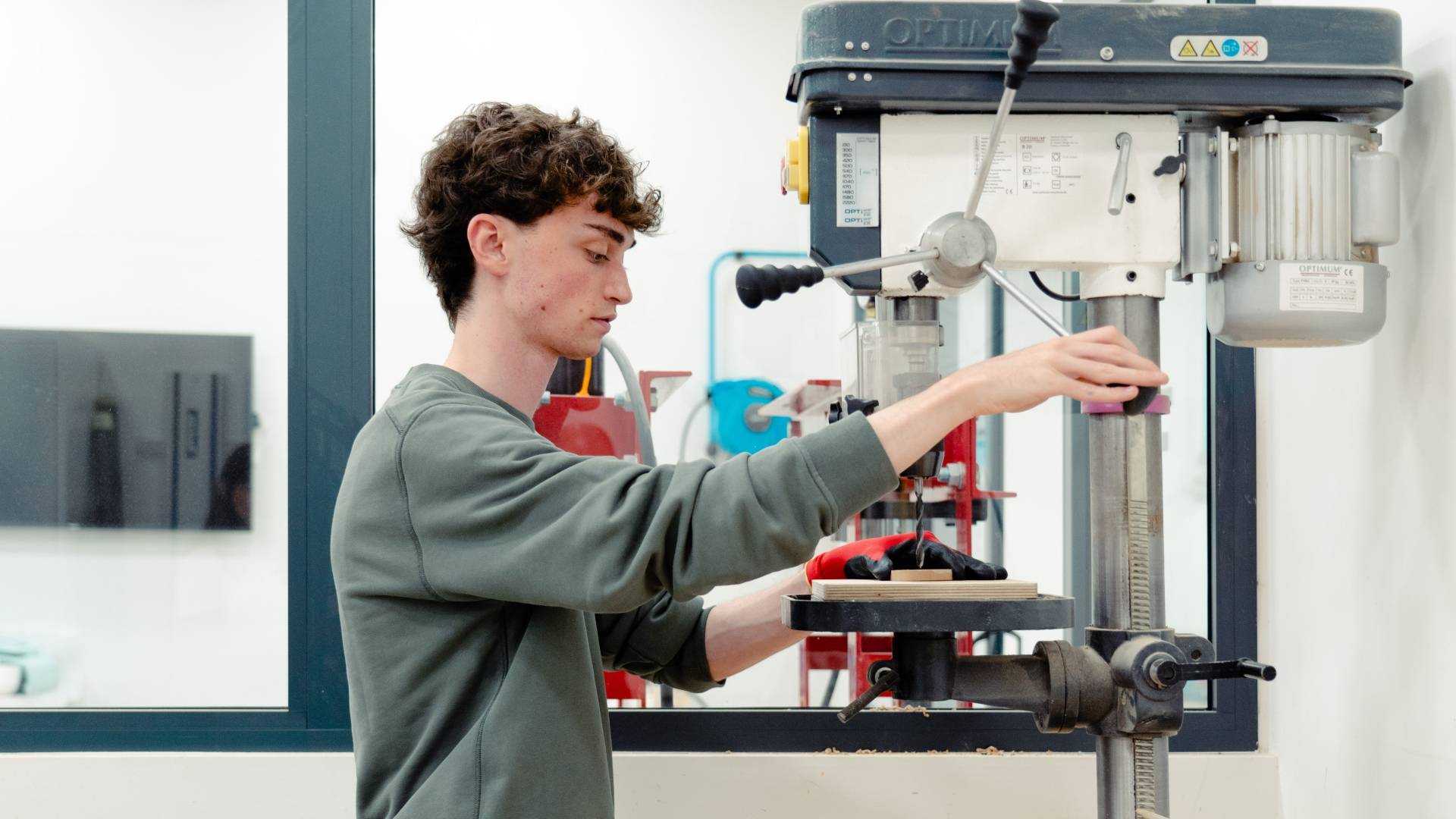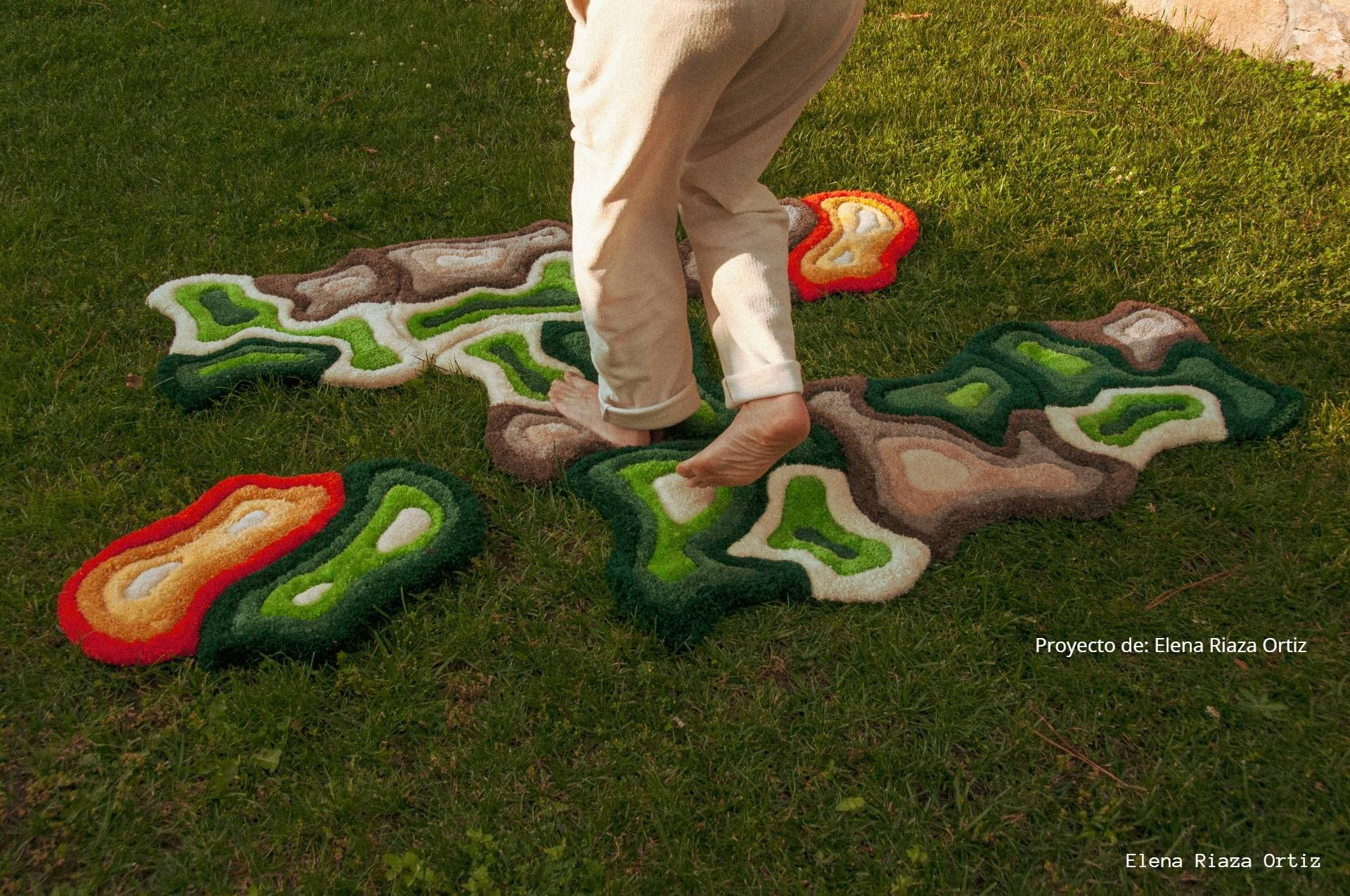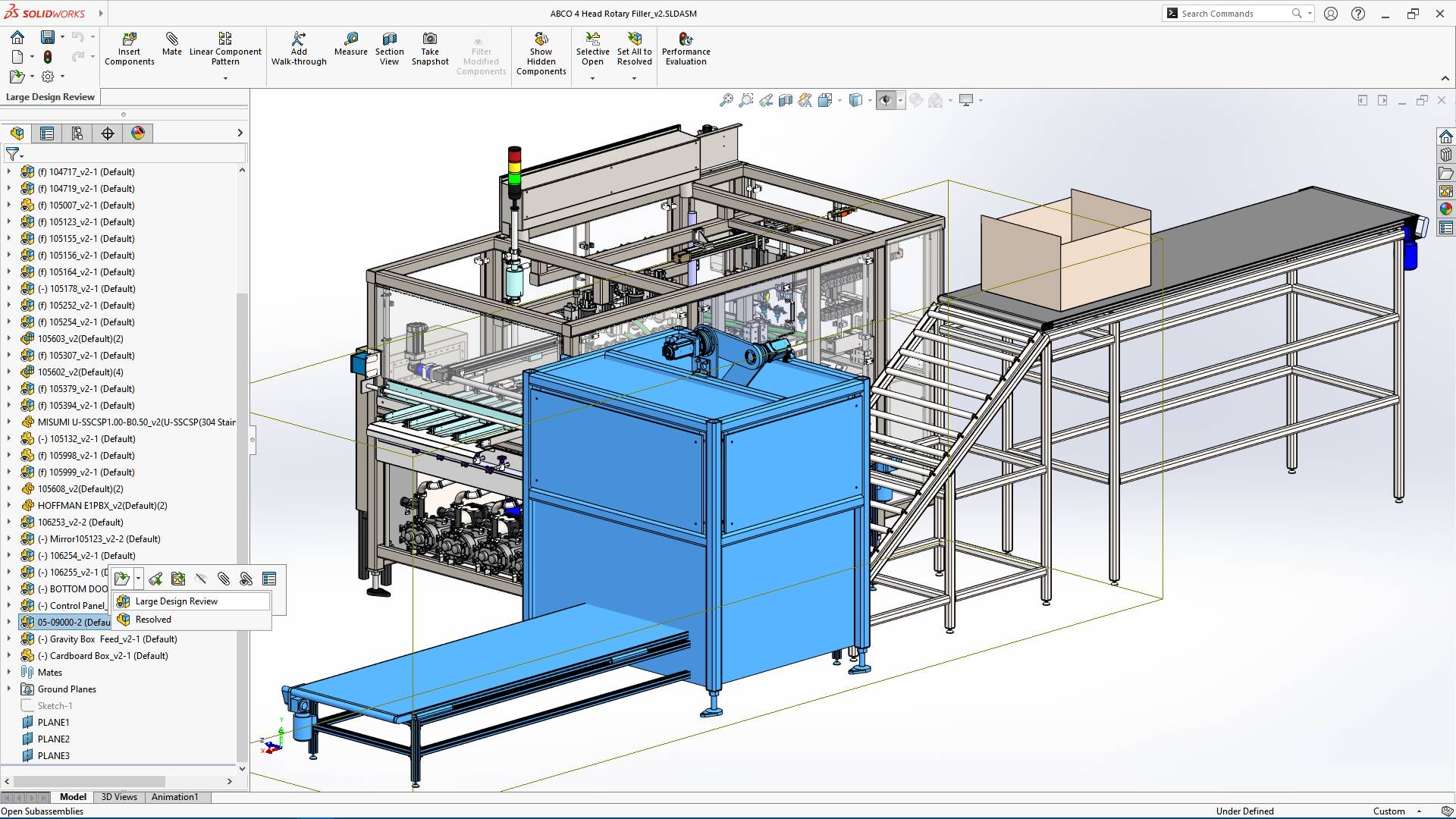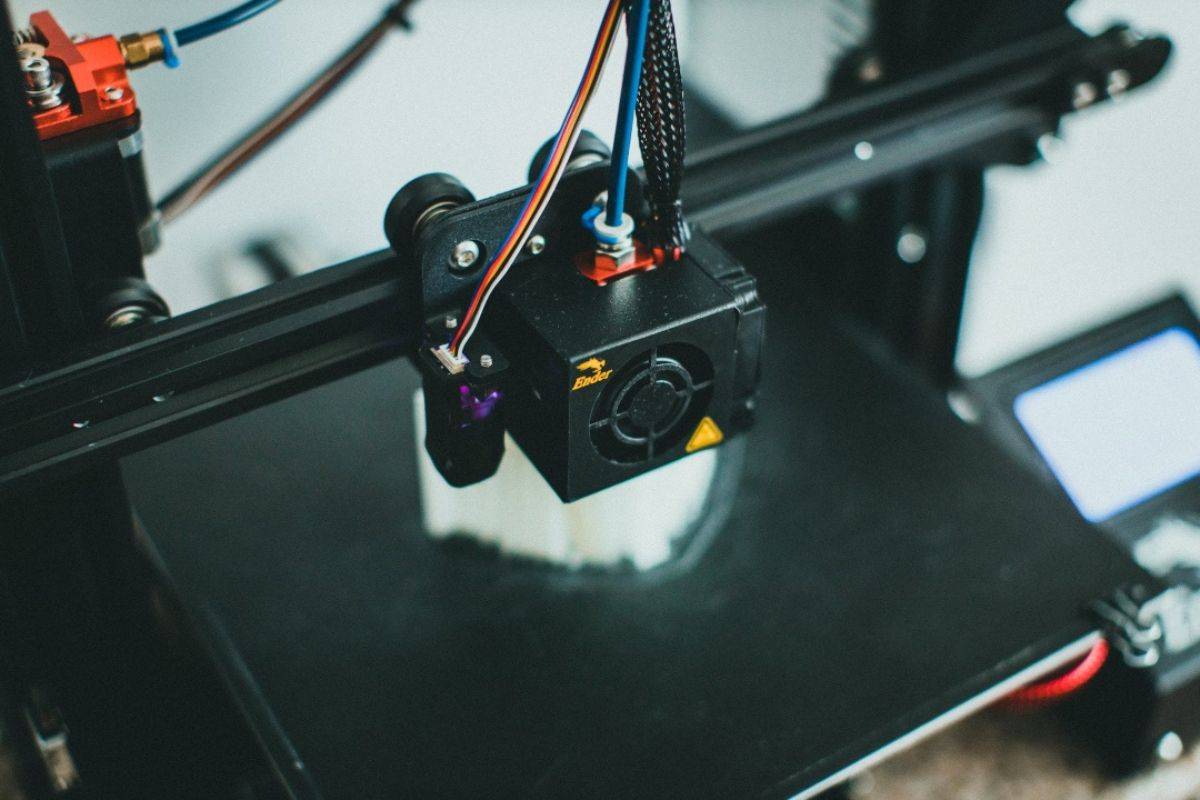What is ergonomics: definition and keys to product design?
In the world of design, ergonomics is a fundamental concept that directly influences how people interact with products and, ultimately, their success or failure. From furniture and tools to technological devices, ergonomics plays an essential role in ensuring that products are functional, comfortable and safe to use. If you want to work in any industry or specialisation as a product designer, understanding and applying the principles of ergonomics is essential to stand out in a competitive market and create solutions that improve people's quality of life.
In this article we will explore what ergonomics is, its key principles and its importance in product design.
What is ergonomics?
Ergonomics, also known as human engineering or human factors, is a scientific discipline that focuses on the interactions between humans and other elements of a system, as well as the profession that applies theory, principles, data and methods to design in order to optimise human well-being and the overall performance of the system.
In other words, it is oriented towards systems, as sets of elements or components that interact with each other (at least some of them), and that are organised in a specific way to achieve set goals.
Ergonomics takes into consideration physical, cognitive, social, organisational and environmental factors, but with a "holistic" approach, in which each of these factors should not be analysed in isolation, but in their interaction with each other.
Its main objective is to ensure that products and environments are comfortable, safe and efficient, minimising the risk of injury and improving the user experience.
This discipline combines knowledge from different areas such as anthropometry (measurement of the human body), biomechanics, psychology and physiology to design products that respond to people's needs.
Main keys to ergonomics
In order to apply ergonomics in product design, a number of key principles must be taken into account:
1. Anthropometry: the perfect fit.
Anthropometry is the study of the measurements and proportions of the human body. When designing a product, it is crucial to consider the physical dimensions of the users in order to make the object accessible and comfortable. For example, in the manufacture of an ergonomic chair, the height, backrest and tilt must be adjusted to accommodate people of different heights.
2. Biomechanics: movements and stresses
Biomechanics studies how the human body moves and applies forces. In product design, it is essential that the movements required to use an object are natural and do not require excessive effort.
Ergonomic design minimises physical stress and prevents long-term injuries, such as carpal tunnel syndrome, which can be caused by a poorly designed keyboard.
3. Usability: simplicity and efficiency
Usability is a key aspect of ergonomics that focuses on making products easy to understand and use. An ergonomic product should not only be comfortable, but also intuitive.
For example, a remote control with well laid out and clearly identifiable buttons enhances the user experience by making it easier to operate.
4. Cognitive load: less is more
Ergonomics also addresses the user's mental interaction with the product. This involves designing interfaces and systems that reduce cognitive overload, allowing people to concentrate on what really matters.
Good design avoids confusion by eliminating unnecessary elements and prioritising clarity. For example, a digital thermostat that has a simple interface with basic controls and a clear temperature readout.
5. Adaptability and customisation
Not all users have the same needs or physical characteristics. For this reason, ergonomic products often incorporate adjustable or adaptive elements.
Taking the example already mentioned, modern office chairs can be adjusted in height, backrest and armrests, adapting to each user and promoting a healthy posture.
6. Safety and well-being
Ergonomics also aims to minimise risks and ensure user safety. This includes avoiding sharp edges, toxic materials and designs that can cause accidents.
In products such as power tools or sports equipment, ergonomics is key to preventing injuries and ensuring safe use.
Importance of ergonomics in Product Design
1. Improving the user experience (UX)
An ergonomic product is not only functional, but also provides a positive experience. Users value products that are easy to use, comfortable and tailored to their needs, which can translate into increased brand loyalty.
2. Increases productivity
In work environments, ergonomic products can improve productivity by reducing fatigue and physical discomfort. For example, an ergonomically designed keyboard can allow employees to type longer without discomfort.
3. Promotes inclusion
Inclusive ergonomics seeks to design products that are accessible to people with different abilities. This not only broadens the scope of the market, but also contributes to a fairer and more equitable society.
4. Market differentiation
In a saturated market, ergonomic products stand out by offering added value. Brands that prioritise ergonomics often build a positive reputation and generate greater trust among consumers.
Ergonomics is not just a trend, but an essential necessity in modern product design. Applying ergonomic principles ensures that products not only fulfil their function, but are also comfortable, safe and easy to use.
What can I study if I want to work in user-centred product design?
The Degree in Product Design is an excellent choice if you are looking to learn how to design innovative, user-centred products. This degree is the perfect intersection between Industrial Engineering, EcoDesign and Technological Innovation.
During the first year of your degree, you will learn creative techniques and delve into aspects of manual and digital drawing. You will work with professional software on real projects in the fields of packaging, light vehicles and household goods.
During the second year, you'll cover basic technical aspects (mechanics, kinematics, energy) , materials and three-dimensional representation of objects for design and development. You will learn user-centred design, its psychological aspects, as well as the application of ergonomics and accessibility. You will work on real design projects in areas such as furniture, lighting and accessories.
In the third year, you will delve into the science of materials and their importance for the viability of ideas. You will work on mock-ups and prototypes, as well asbasic analysis of electronics, mechanical and structural design and Quality Management and Environmental Management systems. You will work on real projects in footwear design, consumer electronics, air, water and land transport.
The last course will be the final step for your insertion in the labour market, you will study all the impacts of marketing, communication, management of mass production and interactive product design (sensors, motor programming), service design and robotics.
👇 What do you need to study the Degree in Product Design?
Our university is a benchmark in Product Design, being the first to create and offer this university degree in Spain. In this degree you will learn tobuild prototypes and you will develop your practical work with cutting-edge technologies and equipment, some of which are unique in Spanish universities, such as a Digital Manufacturing laboratory with 3D printers, milling machines, laser cutters, water cutters, etc.
Our learning by doing method works: our students have won more than 40 national and international awards. Prestigious competitions such as the Red Dot Design Award, IDA International Design Award, SIT Furniture Design Award, European Product Design Award, CES Innovation Award, LIT Lighting Design Award, etc.
Our classrooms have trained personalities such as Sergio Sesmero, whose project "Silla Memoria" has been awarded in the Golden A'Design Award Winner for Furniture Design Category 2020, SIT Furniture Design Award Winner 2020; Borja Gomendio whose project "Silla Atacama" was awarded in the SIT Furniture Design Award 2023 together with Paula Varela, Livia de Prado and Natasha París for their project "Mesa Rubra", among many others.
https://www.youtube.com/watch?v=gX6n6vPrikQ
More info
What bachelor's degree do you need to study Product Design?
What is the difference between Product Design and Industrial Design?


